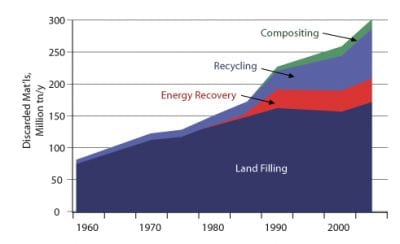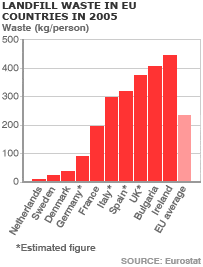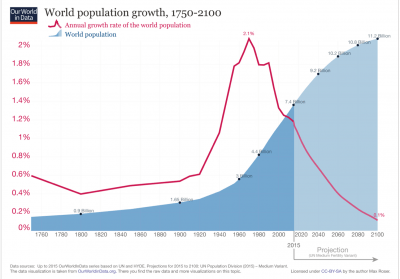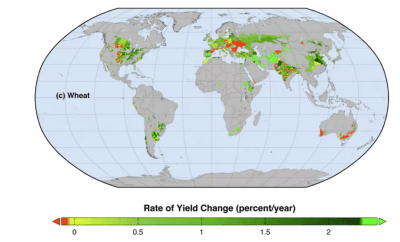If how our society acts right now is how the future is going to be, its going to be a long road ahead to recovery. If we were to reduce our emissions by investing in nature then we would be promoting more sustainable options for a successful environment. Reducing fertiliser use and protecting wetlands from development are just a couple goals for sustainability in the future. There have been cases of finding and creating sustainable alternatives to current struggles we’re encountering as a society. For example in the realm of Co2 emissions, the following graph is a great representation of what has happened to date and what is actually the best way to approach the consistent worldwide epidemic of Co2 overuse.
If we were able to become more sustainable in Co2 emission, especially in the regions of South America and South East Asia then we could save the world from the years of future damage due to global climate change.












